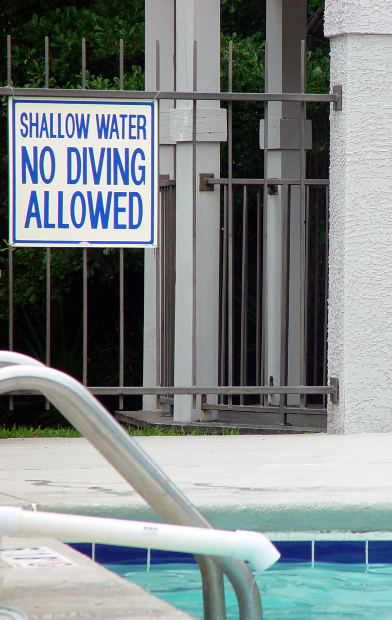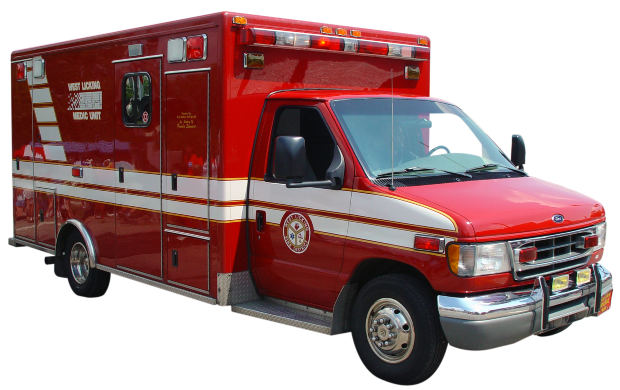A Massachusetts man and his young niece were hurt Sunday afternoon when a jet ski they were riding on in Lake Winnipesaukee, New Hampshire, blew apart.
According to Marine Patrol, who responded to the incident, the man broke his pelvis and the child, 8, suffered a laceration to her head. Both victims were taken to an area hospital for treatment. Marine Patrol officials are still investigating what may have caused the incident with the watercraft, but were able to put the jet ski back together when they arrived on scene.
 Watercraft and motorboat incidents happen all the time for a variety of reasons. While human error is usually to blame, people do not often think about the mechanical dangers of watercraft and boats, and often these mechanical failures blindside victims. What may start out as a fun day out on the water, can end in tragedy. When a jet ski accident does occur, the machine itself must be thoroughly inspected. Investigators often cite mechanical errors, design flaws, or other safety malfunctions as the causes of many of these types of crashes. Some of these types of safety issues may include complications with the propeller, gross overpowering or issues with the throttle, as well as issues with the fuel line.
Watercraft and motorboat incidents happen all the time for a variety of reasons. While human error is usually to blame, people do not often think about the mechanical dangers of watercraft and boats, and often these mechanical failures blindside victims. What may start out as a fun day out on the water, can end in tragedy. When a jet ski accident does occur, the machine itself must be thoroughly inspected. Investigators often cite mechanical errors, design flaws, or other safety malfunctions as the causes of many of these types of crashes. Some of these types of safety issues may include complications with the propeller, gross overpowering or issues with the throttle, as well as issues with the fuel line.
Common Injuries Resulting from Jet Ski Accident
The most common types of injuries include:
• Broken bones • Brain injuries • Burns • Damaged ear drums • Dislocations • Serious neck and back injuries
• Spinal cord injuries
Who Is Responsible for My Injuries?
If you were involved in any type of watercraft incident, whether it was a motorboat accident or jet-ski accident, and you believe it was the result of defective design or malfunction, you may be eligible for compensation. Product manufacturers, distributors, wholesalers, and private sellers are supposed to guarantee that the products they are selling are safe for consumers’ use. When they fail to fulfill their obligations, and consumers are seriously injured or killed as a result of this failure, the injured victim and his or her family may file for damages against the liable party or parties.
Continue reading
 Boston Injury Lawyer Blog
Boston Injury Lawyer Blog


 Watercraft and motorboat incidents happen all the time for a variety of reasons. While human error is usually to blame, people do not often think about the mechanical dangers of watercraft and boats, and often these mechanical failures blindside victims. What may start out as a fun day out on the water, can end in tragedy. When a jet ski accident does occur, the machine itself must be thoroughly inspected. Investigators often cite mechanical errors, design flaws, or other safety malfunctions as the causes of many of these types of crashes. Some of these types of safety issues may include complications with the propeller, gross overpowering or issues with the throttle, as well as issues with the fuel line.
Watercraft and motorboat incidents happen all the time for a variety of reasons. While human error is usually to blame, people do not often think about the mechanical dangers of watercraft and boats, and often these mechanical failures blindside victims. What may start out as a fun day out on the water, can end in tragedy. When a jet ski accident does occur, the machine itself must be thoroughly inspected. Investigators often cite mechanical errors, design flaws, or other safety malfunctions as the causes of many of these types of crashes. Some of these types of safety issues may include complications with the propeller, gross overpowering or issues with the throttle, as well as issues with the fuel line. Though the story did not end tragically, this situation serves as a reminder for parents to make keeping children safe around
Though the story did not end tragically, this situation serves as a reminder for parents to make keeping children safe around  With the arrival of warmer weather, residents around Massachusetts are beginning to open their windows to let the fresh air in. Unfortunately the pleasant feeling of fresh air may turn tragic, especially in households with small children. Nearly 4,000 children are injured and more than a dozen children under the age of 10 die each year in the United States from window falls, according to Boston Children’s Hospital. Window falls are most often caused when children push themselves against the screen of an open window, resulting in the screen to give way, and the child to suddenly fall. Fortunately, there are ways for parents and caregivers to protect their children from falling out of windows.
With the arrival of warmer weather, residents around Massachusetts are beginning to open their windows to let the fresh air in. Unfortunately the pleasant feeling of fresh air may turn tragic, especially in households with small children. Nearly 4,000 children are injured and more than a dozen children under the age of 10 die each year in the United States from window falls, according to Boston Children’s Hospital. Window falls are most often caused when children push themselves against the screen of an open window, resulting in the screen to give way, and the child to suddenly fall. Fortunately, there are ways for parents and caregivers to protect their children from falling out of windows.






